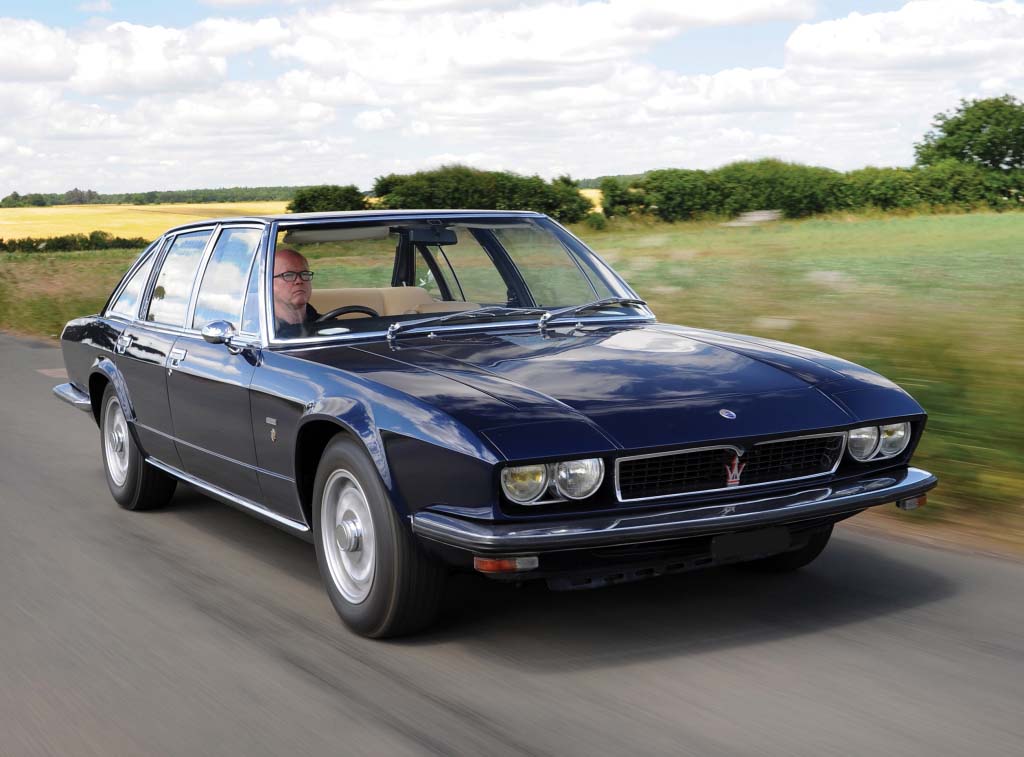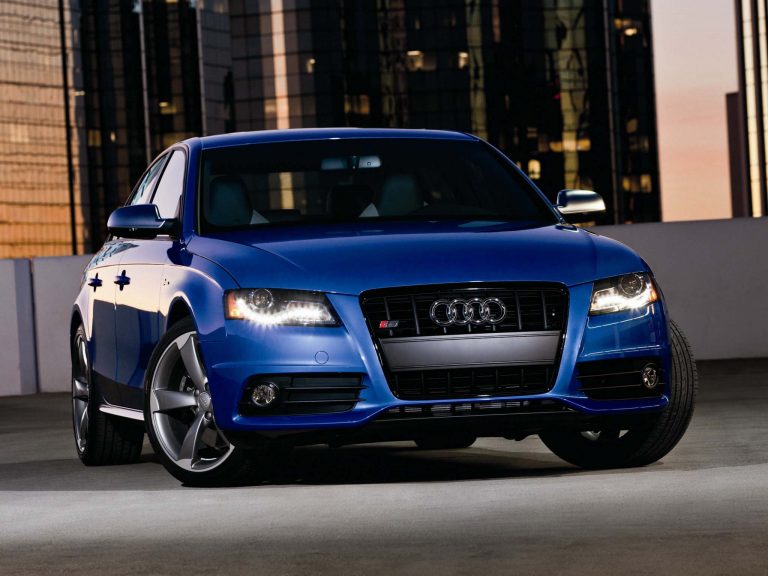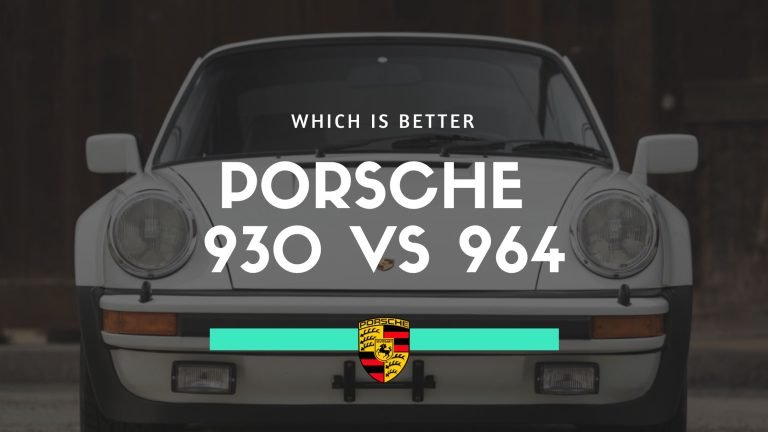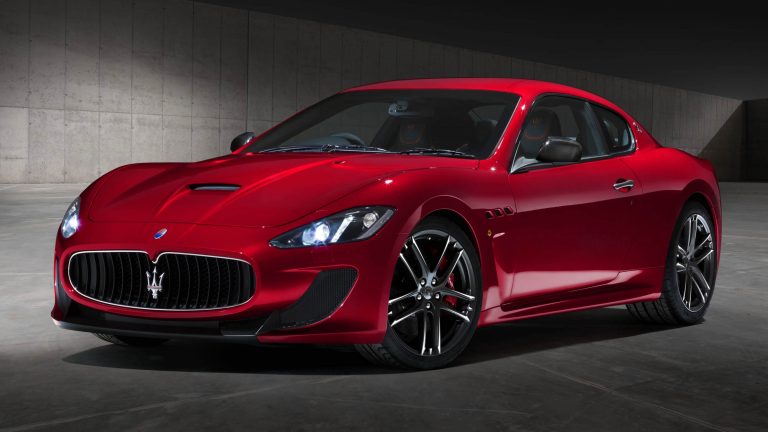Maserati Quattroporte II – The Car That Never Was
Quattroporte, the four-door sedan from Maserati, has become an iconic model for the Modena carmaker. Over the last 60 years (almost) this standout vehicle, from their lineup, has cemented itself as a high quality, high performance luxury sedan. First appearing at the Turin Motor Show and then into dealerships, in 1963, its sixth iteration is still available today.
But through those six different models, that have come out over the years, there is one which has a deeply troubled history. A car that had been designed and developed only to be canceled at the last minute. This was the Maserati Quattroporte II.
From start to finish, during its very short lifespan, the project struggled and staggered through one problem after another. But most of the critical issues had nothing to do with the car or the engineers themselves. Major factors pertaining to the company as a whole and the world at large proved too much for the Maserati Quattroporte II to overcome.
So let’s turn the page back and review this troubled period, from the mid-1970’s, and see where everything went wrong for Maserati.
It Was the Best of Times, It Was the Worst of Times
To understand why some of the bad decisions were made, we must acquaint ourselves with the issues at that time. What started as a high for the Trident would turn to disaster within five years.
1968 saw the Modena carmaker being bought by the French automotive giant, Citroen. This was the first time Maserati had any serious financial backing behind them. This would give them the springboard from which to increase their output and to update their product.
It was a good partnership between both companies; Citroen were looking for a Maserati designed and built engine that would be fitted into their new flagship automobile – the SM. Maserati were looking for finances to bolster their projects and to tap into the higher level of technology that was on offer.
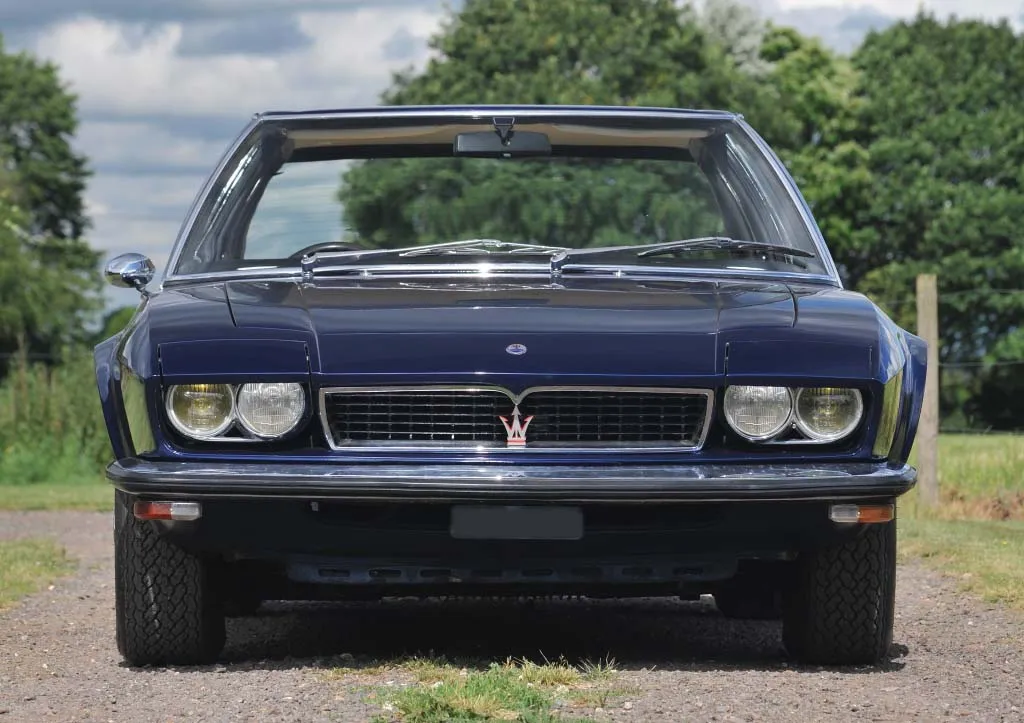
Everything was going well and according to plan until October 1973. Then the Middle East Oil Crisis hit the world and the endless supply of “Black Gold” was reduced to a dribble. Overnight the motoring industry was turned on its head. Large gas guzzling vehicles were quickly abandoned for smaller compact vehicles. Some countries in Europe even banned all driving on Sundays.
For Citroen, this was catastrophic for their sales of the SM. The knock on effect to Maserati was equally felt as 85% of their Modena factory was focused on building the SM. They had recently increased their manpower from 400 to 1,000 and so they were burning funds at a rate of knots.
It was decided, to get through this, Maserati needed a new model to excite the market but produced on a minimal investment and should not be flamboyant in its styling. The old heads at Modena thought the best thing to do was to resurrect a model line that had brought them success before in the 1960’s. And so, the idea to revive an old model, that was to become the Maserati Quattroporte II, was born.
Body of a Maserati, Spirit of a Citroen
With a factory floor that was littered with the Citroen SM, it was (not surprisingly) decided to use these parts for the new QP2. Beginning with the SM chassis, they extended the length and widened the rear axle to make it parallel with the front. A design feature of both the famous DS and the SM, was the fact that the axles tapered towards the back of the car.
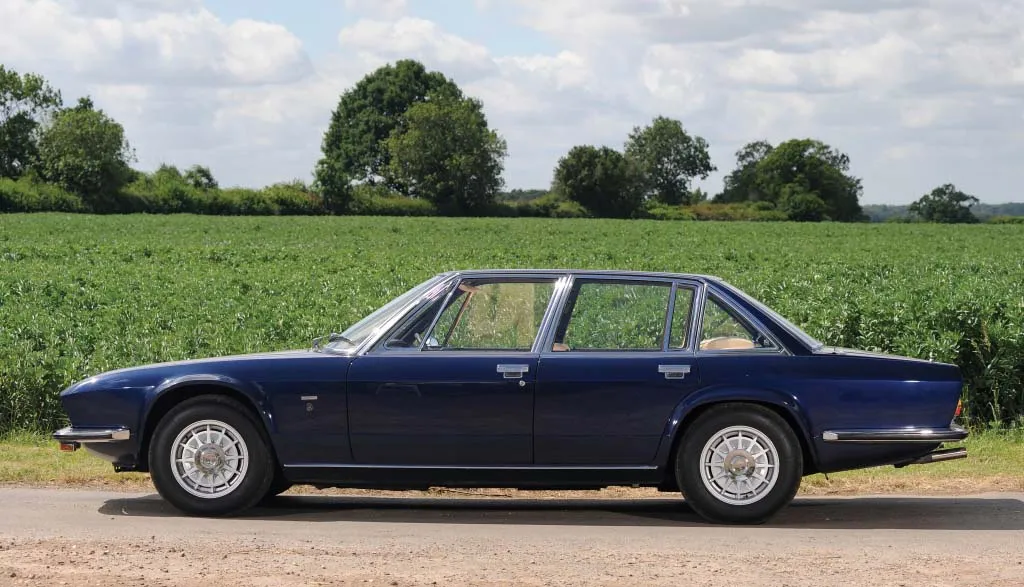
Other design features that had to be used, were the front wheel drive, hydropneumatic suspension and the directional headlights (though these were not active in the QP2).
The body design was fashioned by Bertone and drawn by Marcello Gandini. This would be a divisive relationship as Gandini was well known for designing the iconic sports cars of Lamborghini, including the Miura, Countach and Diablo. But Bertone’s strength was designing family oriented motor cars. The outcome for the Maserati Quattroporte II 1974 was not the best Italian car ever made – definitely not the best Trident ever seen either!
An uninspiring long four-door sedan with lackluster body shape was painful on the eye. While the front has some resemblance to the SM’s distinctive headlight configuration, the back of the car looks unfinished.
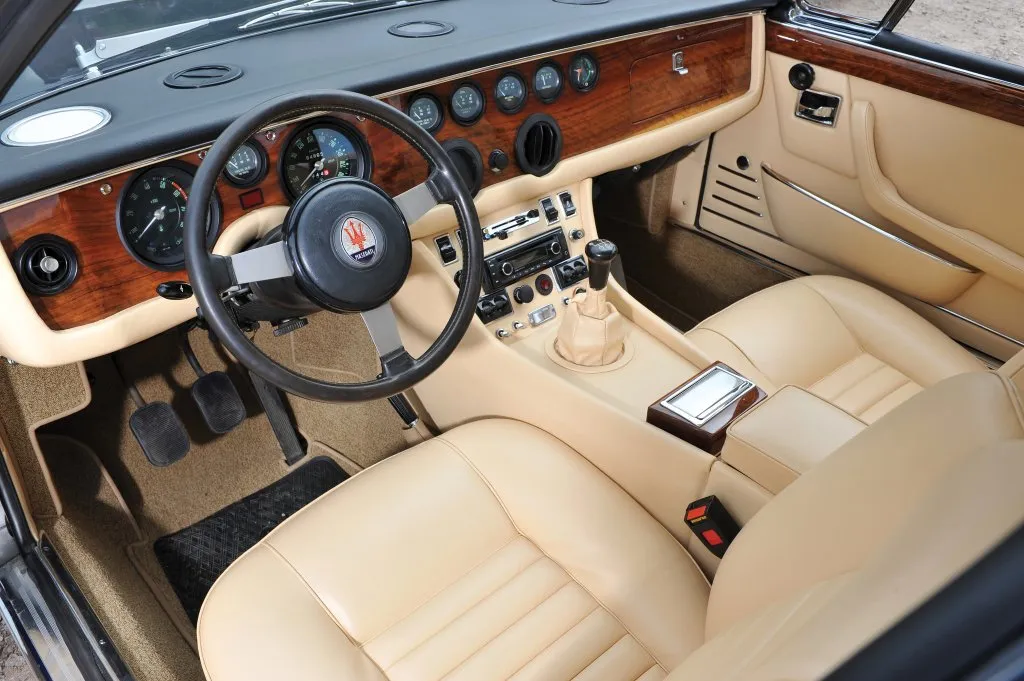
To its credit, the interior was spacious and well presented. The main feature was the long wooden dashboard across the front of the cabin (although it has a shape more like a piece of furniture than anything else!) and a large wooden steering wheel. Strangely, across half of this “sideboard” were the dials, with the speedometer and the tachometer over a foot apart (!)
Whilst all of these were issues enough to convince the buying public to invest in this sedan, there was a bigger problem to overcome. The problem under the hood.
Not Fit For Purpose
Again, minimizing the development cost, the engine was sourced from Citroen. This was a 3.0 liter V6 engine which produced 207 bhp at 5,500 rpm. But this small powertrain was not really enough to push this monstrous car forward. A sedan that is almost 17 feet long and weighs over 3,800 lbs. would find it hard to find any performance from this underwhelming engine; it would struggle to get the car to a speed of 124 mph.
To put this into comparison with the original Quattroporte, that car was powered by two different V8 engines. One was the 4.1 liter which produced 260 bhp and a top speed of 143 mph while the 4.7 liter made 286 bhp and a top speed of 158 mph. The body design was fashioned after the 5000GT. What Citroen and Maserati were producing now, in the Quattroporte II, was nothing short of embarrassing.
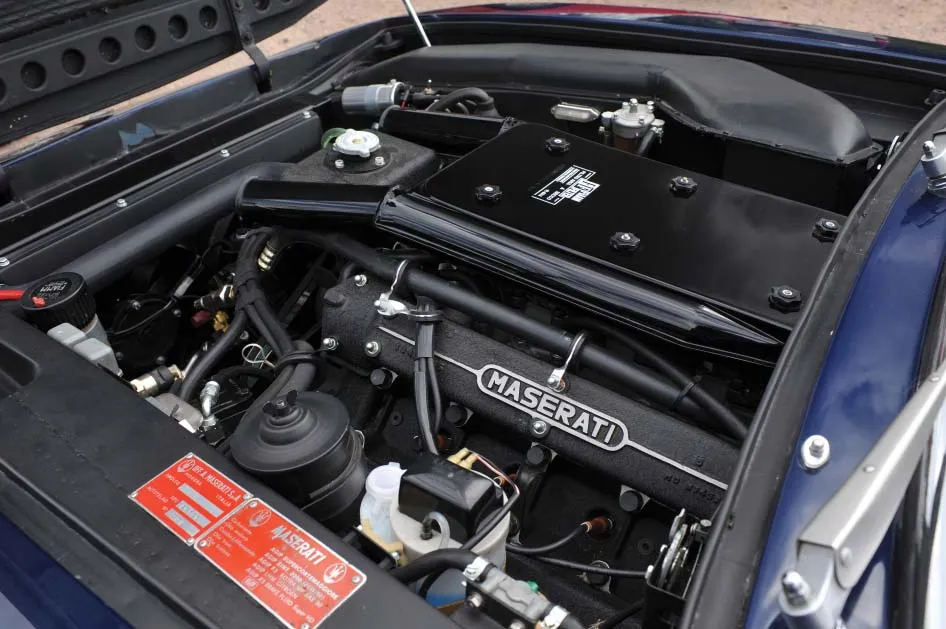
With all hope of the survival of the company linked to this car, the Maserati Quattroporte II was paraded around the motor shows of Europe. Unveiled at Geneva, Turin, Brussels, Amsterdam and Barcelona, the hope was that this four-door sedan would entice Citroen and Maserati owners who were looking for a larger vehicle. Especially after Pierre Bercot, Citroen President had forbidden a four-door edition of the SM.
Realizing they needed to address this issue, the Citroen Administrator, Guy Malleret, directed the engineers to make a V8 engine. Malleret did not want to use their aging V8 engine block, so he told Maserati to take the V6 from the Merak and “tinker” with it. They would have to fuse two engine parts together to make the required powertrain.
The Merak was powered by a 3.0 liter V6, so they used 2.5 cylinders from one block and 1.5 cylinders from another and fused them together. Such was the expertise of the Maserati engineers that they actually managed to produce something worthwhile. This new engine could produce 256 bhp, it was fitted into a SM and driven for 11,000 miles. It was proven to make the SM into a half decent sports car as it was extensively driven around the tracks of Modena and Monza. It must have been good as this was also under the personal use of Maserati engineer, Giulio Alfieri.
Now that they had managed to fix the issue with the engine, they could move forward again. Instead, the project was cancelled.
Gone But Not Forgotten
As these engineering works were being made, Citroen declared bankruptcy and the French motor company passed into the hands of another French company, Peugeot. This was a company with more pragmatic business views and taking a look at the balance sheets of the bespoke carmaker, Maserati, they quickly decided to pull the plug on anymore financing of the Maserati Quattroporte II. The car was dead before it was even born.
Worse was to follow as, by the following May of 1975, Peugeot would place Maserati into liquidation. Maserati continued to operate under a skeleton crew until a lifeline was thrown by the Argentinian, Alejandro De Tomaso. With the help of the Italian Government, he took over the Modena carmaker. Though this was not his first attempt at taking control of Maserati as he had tried back in 1968, with the help of Ford, though the sale went to Citroen.
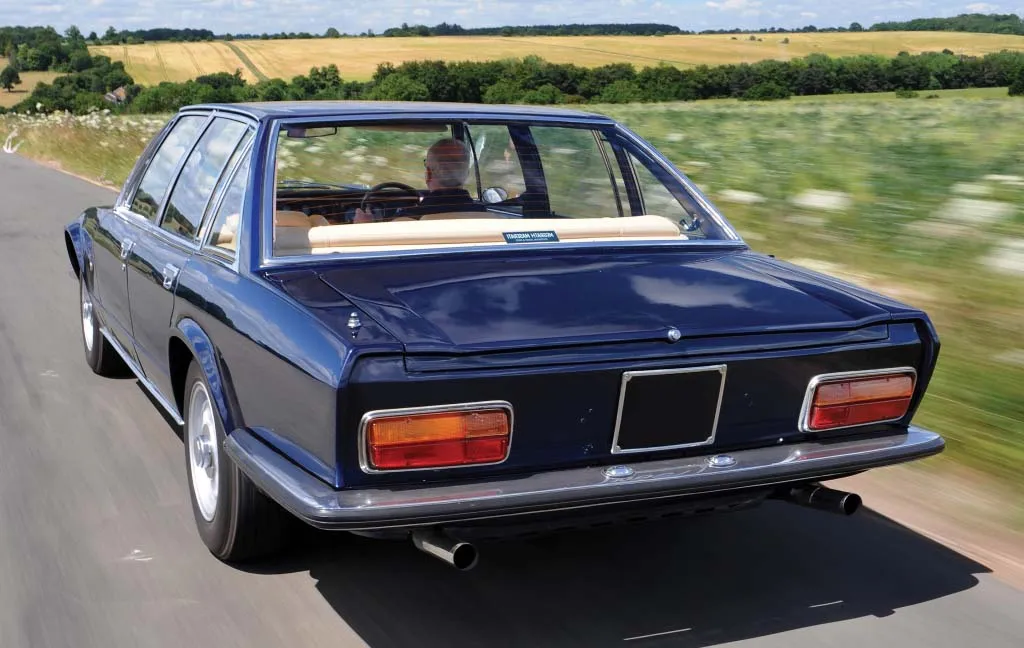
Reviewing the Maserati Quattroporte II 1974 project, he quickly decided to scrap it due to the fact that 60% of the car was made up of Citroen parts. Although the work they had done on the engine was viewed to be worthwhile to keep and the engine block was put in storage. However, on his first day in office, De Tomaso would fire chief engineer, Alfieri, as he felt he was involved with the original Citroen buyout.
However, this would not be the end of the car. Though the lone prototype had been built in 1974 there would be another 12 models made to order between 1976 and 1978. But selling these would prove problematic as it could not get the approval to be sold within the EU. Their only customers could be found in Spain (which was outside the EU at that time) and the Middle East.
The added expense of this aborted project would add extra losses to the Trident who, by the end of 1978, had amassed a debt of four billion Lira (around US$20 million in today’s money).
As of today, just five models are still known to exist and running while the others are lost somewhere in those countries.
An inglorious end to a rather unfortunate automobile. This Maserati sedan with the iconic QP emblem would always remain in the shadows and at the back of their factory. The car that never was.

